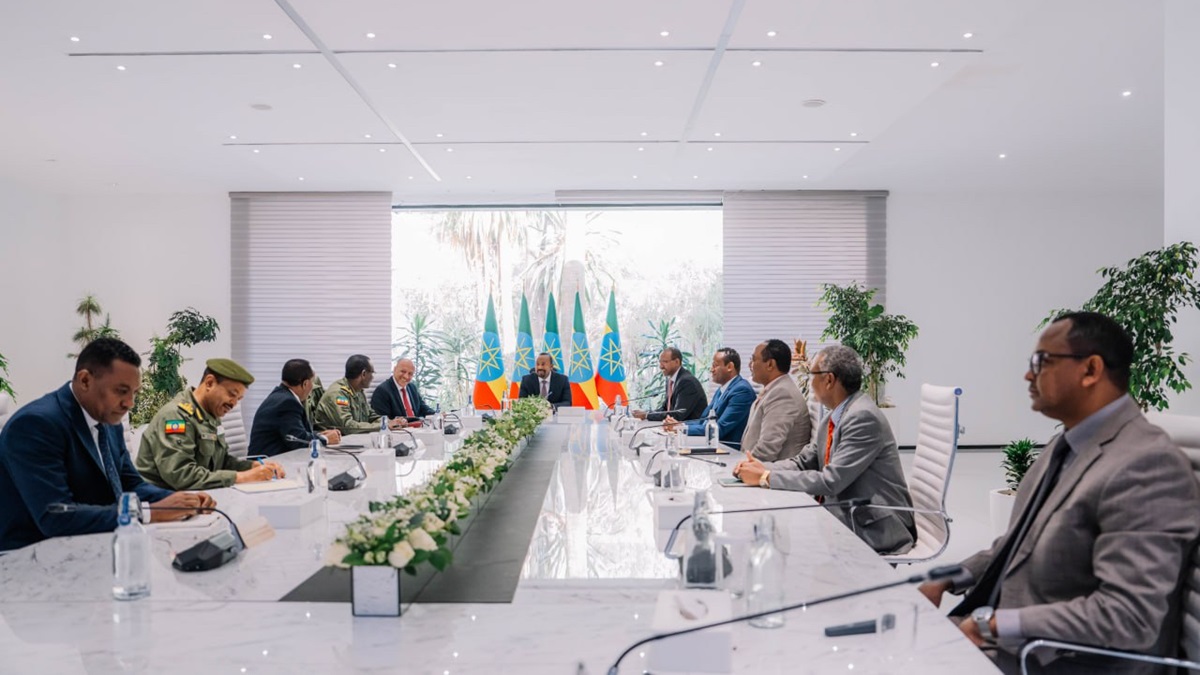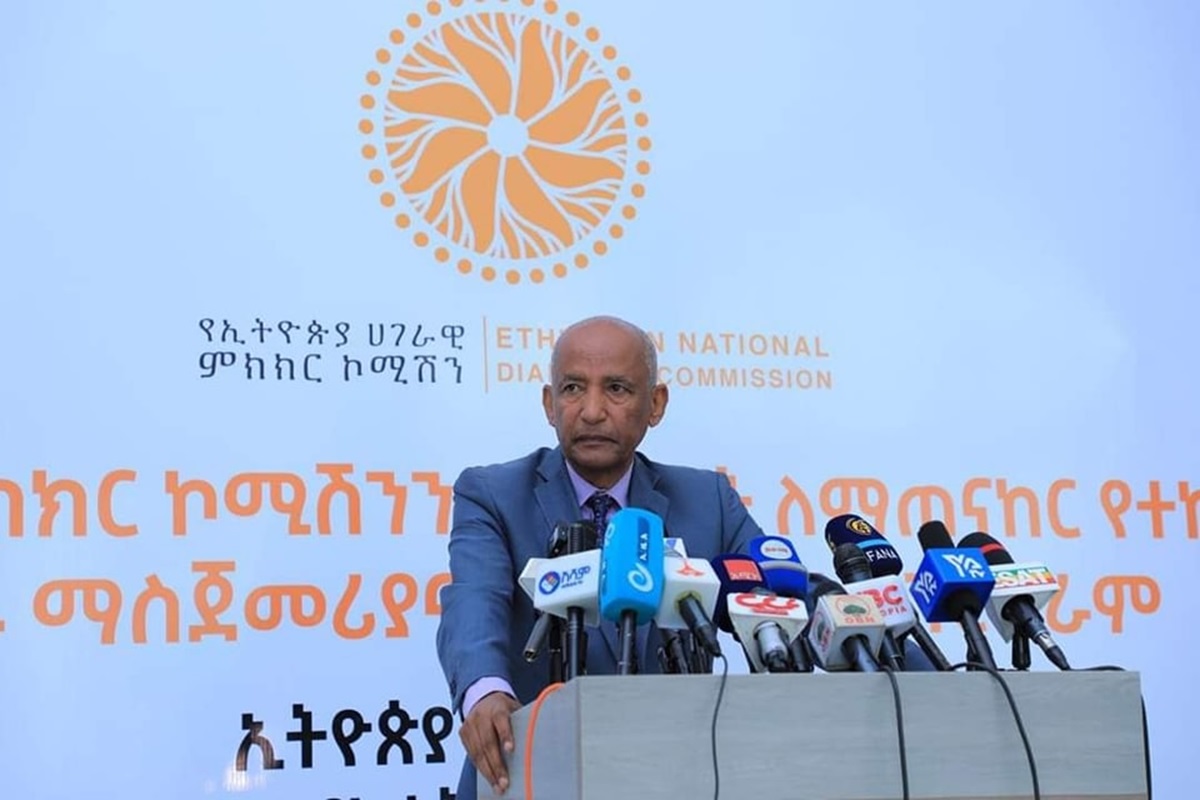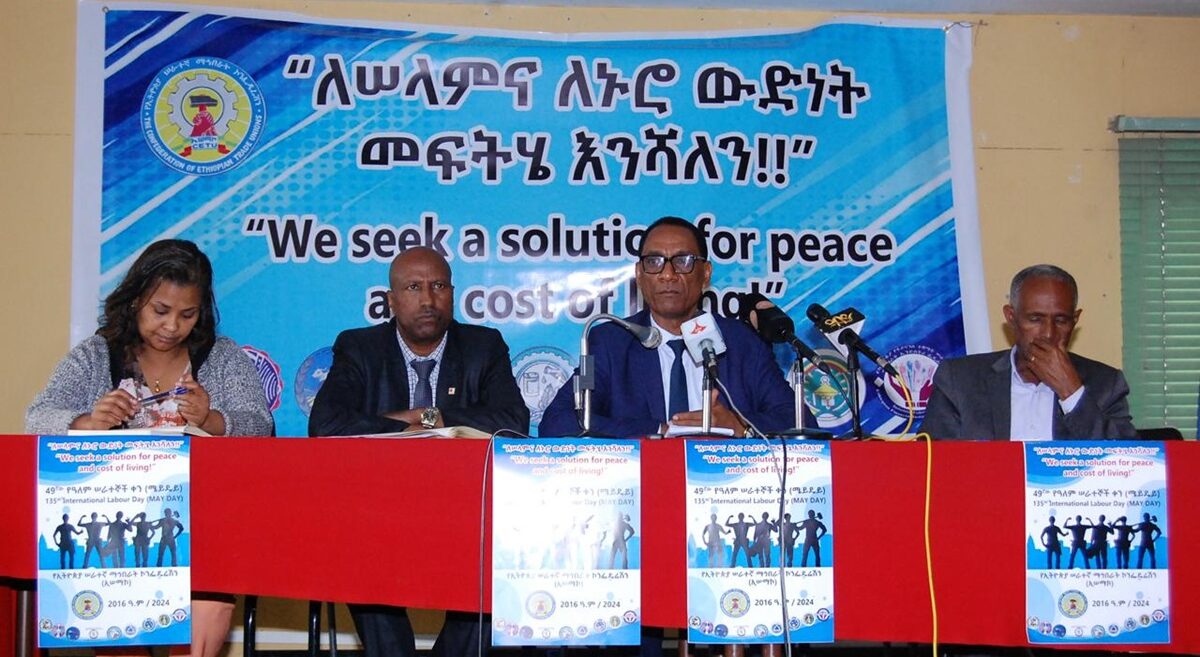
By Alemu Arage, Doctoral Candidate in Peace and Security Studies &
Dejen Messele, Doctoral Candidate in Law
Addis Abeba – In a churning vortex of ululation and condemnation, Ethiopia-Somaliland Memorandum of (Mis)Understanding (ESMoU) stands as a testament to the perils of hope and the futility of misguided ambitions. The memorandum, shrouded in controversy, seems to have (partially) fulfilled its true, albeit unspoken, purpose already, rendering any anticipation for the realization of its proclaimed goals a fanciful voyage adrift in tumultuous seas. For better or worse, the architects behind the ESMoU seem to have deliberately commandeered the rewarding responses they sought from the global audience, from near to afar.
Perhaps, with deviousness (under)estimation to geopolitical obstacles that lay ahead, it appears that the signatories orchestrated the ESMoU’s announcement to garner more reactions rather than to pursue the fruition of its stated aims. Unless the parties harbored ulterior motives than this, further action towards achieving the ESMoU’s expressed goals seems improbable. Thus, the declared objectives that the ESMoU sets will hardly be attainable. Amidst these premeditated ploys and geopolitical tensions, however, Ethiopia’s legitimate aspiration for sovereign maritime access has been thrown under the bus, for it is being trivialized and endangered by the risky trading off ploys of this important generational question.
In its endeavor to explicate the undeclared and achievable objectives of the ESMoU, distinct from its declared and hard to won objectives, this opinion piece will first undertake a brief historical background relevant to contemporary geopolitical imbroglios in the Horn of Africa. It will then delve into navigating the undeclared objectives of ESMoU and prospects of its declared objectives.
Defective Decolonization: Source of Divided (Post)Colonial States
Since post-World War II, Ethiopia’s unique vision to decolonize the Horn through territorial reintegration has been met with a modicum of success, inevitably plunging the region into a cycle of relentless violence and brutal conflicts. Ethiopia’s noble crusade for Horn unity in the face of European colonialism, while concurrently severed from its coastal territories, saw only partial victory. Britain’s resolute stance to reinstate Italy’s authority over Italian Somaliland (present-day Somalia) under the United Nations Trusteeship, coupled with the inception of the ‘Greater Somalia’ concept, further compounded the region’s turmoil. This ill-conceived union was the stage upon which Ethiopia, the harbinger of a robust, unified Horn, faced invasion but stood its ground valiantly against the forces of Mohammed Said Barre.
Ethiopia’s partial triumph in redefining African decolonization through territorial reintegration and unity was reversed following Eritrea’s secession in 1993. This marked a return to the pre-1952 colonial status quo, dashing Ethiopian hopes for a unified Horn that would defy the divisive colonial borders established by France, Britain, and Italy. Since then, Ethiopia has endured substantial consequences as its own post-colonial architects have enshrined the concept of ethnic sovereignty over national unity, a principle originally conceived by European colonialists and perpetuated by their African inheritors.
At the epicenter of the Horn of Africa’s instability lies the enduring legacy of colonialism, which, despite Ethiopia’s fierce opposition between the wars, was perpetuated by the post-war native colonial elites. To fully grasp the recent historical conflicts among these post-colonial ethnic states, one must consider this foundational context.
With Ethiopia, once a bastion against colonial fragmentation, succumbing to the same divisive tactics since 1991, the decolonization of the Horn from both colonial and ethnic legacies proves daunting. The current leaders, loyal scions of this fraught history, seem ill-equipped to reverse the ethnic and divisive path set forth by their colonial and post-colonial forefathers.
This context is crucial to understanding the plight of the Horn and, by extension, Ethiopia’s loss of maritime sovereignty. Ethiopia’s current landlockedness predicament is not merely a post-colonial outcome but a reflection of colonial machinations. Therefore, Ethiopia’s pursuit of maritime sovereignty is in essence a decolonial struggle for the Horn—a plea for the reclamation of natural and historical rights to sea access.
The true liberation of the Horn and the end of Ethiopian landlockedness call for leaders with an anti-colonial resolve, untouched by the lingering sins of colonial and post-colonial statecraft. Yet, as it stands, none among the current leadership of the Horn’s tribal states seems free from this tainted legacy, casting doubt on the prospect of genuine decolonization in the region.
Bearing these historical underpinnings in mind, let us embark on a voyage through the tempestuous political and diplomatic waters churning throughout the Horn of Africa—and extending their reach—in the wake of the momentous announcement on January 1st, 2024. This proclamation, issued from Addis Ababa, heralded a ‘breakthrough’ between the governing bodies of Ethiopia and the self-administered region of Somaliland, former British Somaliland.
Our exploration of the maelstroms stirred by the Ethiopian-Somaliland Memorandum of Understanding (ESMoU) will primarily chart the course of Ethiopia’s endeavor to reclaim its maritime sovereignty. We shall navigate these waters more than we shall delve into the legal quagmire concerning the actions and the ensuing reactions of those directly and tangentially involved, given Somaliland’s contested juridical status. Suggesting to our readers that international law can be a tool wielded in the theater of international politics, with outcomes both noble and nefarious, suffices more than an intricate dissection of Somaliland’s de facto and de jure international personhood and the ramifications of Ethiopia’s intent to recognize this self-governing entity. Whether or not Somaliland is adorned with the trappings of post-colonial statehood is immaterial in the context of the enduring colonial framework within the Horn. The impetus behind Somaliland’s quest for statehood acknowledgement, as well as Somalia’s refusal to grant such recognition, is rooted deeply in the colonial and post-colonial misdirection of self-determination—often manifested through tribal alliances rather than the national or territorial cohesion and amalgamation of nations, statehood, and the sovereignty and territorial integrity of these fragmented tribal states. As such, both parties can marshal their own international law arguments, yet neither will address the fundamental issues stemming from the flawed decolonization process of the Horn in the 1950s and 1960s, which turned a deaf ear and a blind eye to Ethiopia’s vision of decolonization through territorial integration of the Horn, from (Red) Sea to (Indian) Ocean. Leaving aside this unique but unattended decolonization paradigm, we now turn our attention to the declared (explicit) and undeclared (implied) intentions and motivations underlying the ESMoU. Let us set sail.
Ethiopia, once adrift in the Red Sea, now plunges into the Gulf of Aden with alacrity. The prosperity-led government of Ethiopia has charted a course for the nation into the Gulf of Aden via the coastal embrace of Somaliland, seemingly disregarding its prior commitment to anchor Ethiopia’s maritime aspirations along the more legally and practically hospitable shores of the Red Sea. This pivot, while abrupt, should not come as a shock; the regime lacks a genuine patriotic fervor to restore Ethiopia’s rightful maritime sovereignty in the Red Sea littoral. Thus, the rapid departure from the hollow echo of Alula Aba Nega’s assertion that “the Red Sea has been the natural boundary of Ethiopia, and so it shall remain,” is but a stylish diminishing of Ethiopia’s historical quest for maritime sovereignty in the shadow of impersonating past glories.
The hasty shift towards the Gulf of Aden appears to offer “temporary rewards” for a government desperate to shift focus from the seething civil unrest and humanitarian crises inland to the distant coastlines, far from the highlands and hamlets where Ethiopians endure suffering and indignity. This diversionary tactic, though perhaps short-lived, does momentarily quench the government’s thirst for distraction and a redirection of domestic and international gaze. Issues such as sea access, port diversification, and naval base establishment are merely strategic feints to steer attention away from more pressing matters.
The ESMoU, the veiling barricade, is being mishandled or interpreted—perhaps deliberately so—according to the caprices of its critics and proponents. Congratulatory and opposing voices alike ring out, often without meticulous and contextual soul-searching of the ESMoU’s explicit and implicit objectives. The media, for its part, may exaggerate or understate the ESMoU’s objectives. However, the media alone cannot be saddled with the blame for misinterpretations or for sowing confusion among the Horn’s populace. The ESMoU itself, as projected by its draftsmen, is enigmatic by design and aims to mislead, confound, and provoke debate and discussion about its bewildering implications for a potential land lease and naval base arrangement in Somaliland—contingent upon recognition of its status as a state by Ethiopia. Would a similar MoU with Somalia or another coastal state elicit comparable scrutiny and backlash? And what if the ESMoU were signed devoid of any condition of Somaliland’s recognition? It might provoke less fervent responses, if any at all, even from Somalia.
Thus, it is clear that the impetus to draft and sign this memorandum originated from Ethiopia. Somaliland, despite its use of the ESMoU to flex its diplomatic muscle against Somalia, has caught in the middle of Ethiopia’s trawling for a bewildering agenda. At the very crux of comprehending the ultimate aim of the Ethiopia-Somaliland Memorandum of Understanding (ESMoU), one must conscientiously take note of the intricate selection process of the lessor (the lessee’s choice of Somaliland), and the conditions tied to the proposed lease deal. Does Ethiopia’s true ambition lie in securing a strategic maritime and naval foothold in the Gulf of Aden, or are there ulterior motives cloaked within this deal that have stirred the geopolitical cauldron of the Horn of Africa and regions afar?
ESMOU’s Undeclared Intentions
In light of potential, albeit inconsequential, legal debates over the possibility of Ethiopia and Somaliland executing their stated MoU ambitions – namely, the leasing of a maritime and naval base from the unrecognized Somaliland territory, regardless of Somali dissent or Ethiopia’s formal recognition of Somaliland as a sovereign state – the MoU, as a mere declaration of intent, scarcely merits international legal discourse. Yet, the authors of this think piece posit that the signatories may not have the intention or determination to translate the professed goals of the ESMoU. Their true objectives lie elsewhere, cleverly hidden within the document.
The real aim was to ignite a tempest of scrutiny, reactions, and immediate fallout in the wake of the ESMoU’s disclosure. This whirlwind of attention and backlash, met with equal parts anticipation and dread, was orchestrated by the ESMoU’s crafters. The document was designed to capture the gaze of local, regional, and global observers, a goal it has adeptly achieved.
Each party to the agreement has slyly presented conflicting narratives concerning the execution order of the ESMoU’s declared objectives. Somaliland has been vocal about a concurrent or immediate approach to the lease deal and Ethiopia’s recognition, while Ethiopia’s narrative diverges, prioritizing the lease agreement with the possibility of recognition to follow. This intentional discrepancy serves to bewilder and mislead the public, particularly from the Ethiopian perspective. The architects of the Ethiopian strategy have openly acknowledged that the reactions spurred by the ESMoU’s unveiling were well within their calculated expectations and will likely persist for the duration of the ESMoU’s relevance.
Nation Must See beyond ESMoU’s Horizon
The Ethiopia-Somaliland Memorandum of (Mis)Understanding, as mystified in this piece, operates as a camouflage of deceit and obfuscation. Its declared promises serve as a mere façade, unlikely to materialize in reality. It was perhaps designed to be misconstrued, and the ensuing reactions were precisely what were anticipated. The signatories are unlikely to earnestly pursue the ESMoU’s stated goals, either due to lack of genuine intent or the impracticality of its enforcement in a world where power reigns supreme. To truly grasp the lasting impact of the current regime’s decisions on Ethiopia’s rightful ambitions, we must see past the superficial reactions to their misleading pledges. Any effort to downplay the generation’s quest for sovereign maritime access should be met with resolute opposition by those who value this interest and maintain an unbiased outlook on Ethiopia’s future. Indulging in self-serving strategies that cater solely to the ruling party’s agenda comes at a high cost for the nation. The nation must be brave enough to chart a course and gaze beyond ESMoU, a perplexing pact. AS
Disclaimer: The views expressed in this article are that of the authors only and do not reflect Addis Standard’s editorial stand.







